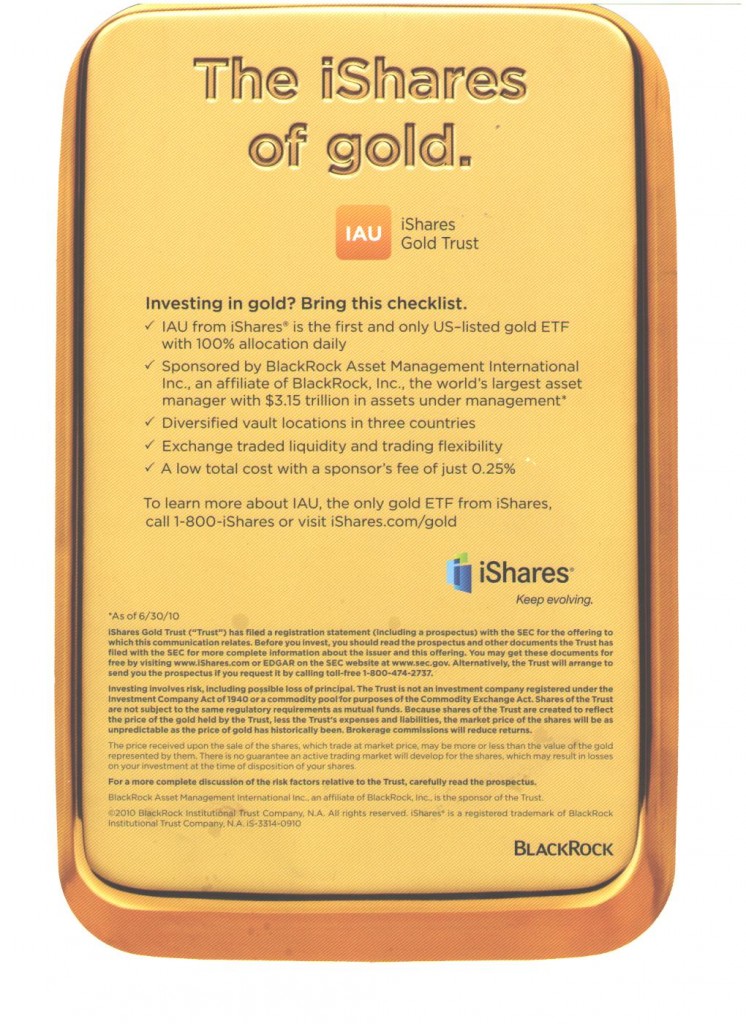Insurance Providers – Simplify!
I received my term-life insurance statement earlier this month. It’s a horrible piece of paper with codes, disclosures, and a “premium” on it. It reminded me of our life insurance buying process. That went something like this.
Wife: Shouldn’t we have life insurance now that we have kids?
Me: I guess.
Wife: Can you look into it?
[Six months later]
Wife: Did you look into life insurance?
Me: Not yet.
Wife: Don’t you love your children and want them to be secure if tragedy strikes?
Me: Um, yeah.
Guilty, I embarked on a process to look up rates. I called agents. I tried creating a spreadsheet with different providers and prices. And the process was difficult; much harder than buying a new TV or car; similar to buying a home. There were online questionnaires that ended with “Call this number now!” or worse (We’ll call you every day until you succumb and buy through us.).
A week later, I said exasperatedly, “It looks like we can just get a simple 30-year, $1MM policy through this company. I don’t really know if they’ll be around for 30 years or if the rate is the best. Let’s just do it.”
Last week, I surveyed 10 friends and family members about their term life buying process. Not surprisingly, nobody found the buying process easy. I asked “What was hard about buying?” Eight people answered with something similar to this, “Figuring out what kind to get and deciding whether or not it is really necessary.”
Now – I understand enough to know that the underwriting and risk management processes are complex.
But difficult back-office processes do not stop other industries from simplifying front-office experiences (do any of us understand how a Google search result works?). In my research, I found numerous media outlets answering the “what” and “why” questions – like this CNN Money article. Insurers have important, valuable products; and can ensure prospective customers understand what’s good and the product and what’s good about their product. Take the first step and simplify.






